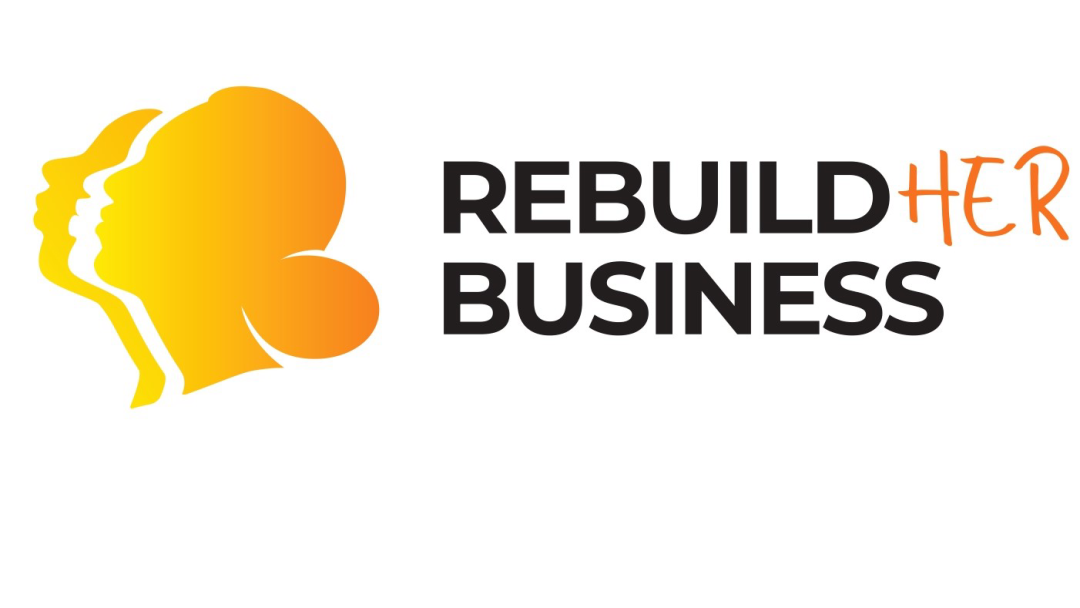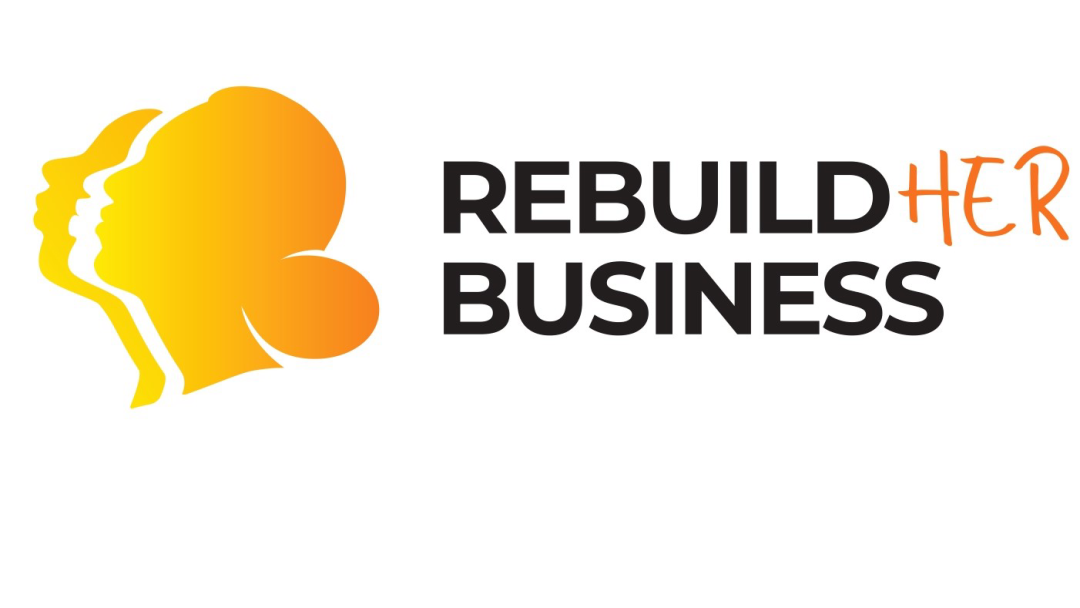Disclaimer:
Please be aware that the content herein has not been peer reviewed. It consists of personal reflections, insights, and learnings of the contributor(s). It may not be exhaustive, nor does it aim to be authoritative knowledge.
Title
Please provide a name for your action learning plan.
Experimentation of innovative financial tool:
crowdfunding campaign for women who lose their business due to war
Challenge statement
Challenge type: If you are working on multiple challenges, please indicate if this is your "big bet" or "exploratory" challenge.
Please note: we ask you to only submit a maximum of 3 challenges - 1x Big Bet, 2x Exploratory. Each challenge must be submitted individually.
BIG BET
Challenge statement: What is your challenge? (Please answer in specific terms: "Our challenge is that...”.)
Our challenge is how we might use crowdfunding as an alternative development financing tool to address urgent needs in the country.
Background: What is the history of your challenge? What is causing or driving it? Who is involved? How does the current situation look like? What undesired effects does it produce?
The northern Ethiopia war that covered Tigray, Amhara, and Afar regions have had devastating effects on human life, livelihoods, assets and infrastructures. Following the war, several UN agencies, including IOM, UNDP, INGOs, civic societies, and the government itself have carried out field missions to understand the situations, conduct post war impacts and adapt strategies to cope with the aftermath.
The UNDP Ethiopia had consecutive missions in Amhara and Afar regions to explore the socioeconomic and governance aspects of the war’s repercussions at different tires ranging from the senior leadership to expert levels. The country office field missions resulted in the recovery project, which addressed socioeconomic and psychosocial aspects of losses. Moreover, to support the government’s business continuity the recovery plan has offered logistical support such as vehicles, computers, servers, and other office equipment along with human capacity buildings.
With this initiative, our target group is women entrepreneurs (including those internally displaced) that have been affected by the conflict in Tigray, Amhara and Afar regions. The existing project is working on entrepreneurship and capacity development of the regional Science and Technology Office in the two regions this year. Therefore, we want to have this activity in tandem to extend the support we are giving an institutional capacity with support to community members specifically women entrepreneurs to recover and activate their businesses.
Quantitative evidence: What (official) data sources do you have on this challenge that better exemplifies the importance and urgency of this frontier challenge? You can add text, a link, or a picture.
The war in Northern Ethiopia has affected more than 7 million people UN and more than 1.7 million have been displaced across three regions IOM, with most of them being women and children. The internally displaced are relaying on the generosity of host communities who themselves are struggling from the economic impact the war. There has been an extensive destruction of infrastructure and businesses with great impact to lives and livelihoods for communities and families. Women entrepreneurs who are either sole providers or provide supplemental income can no longer guarantee income for their families. Because establishing livelihoods in host communities is difficult both for men and women, but the challenge is greater for women in Ethiopia JCDFD, due to the reinforcement of pre-existing discrimination and socioeconomic disadvantages. In addition, the damage caused is also psychological, as women have been victims of Sexual and Gender-Based Violence.
Qualitative evidence: What weak signals have you recently spotted that characterizes its urgency? Please provide qualitative information that better exemplifies the importance and urgency of this frontier challenge. You can add text, a link, or a picture.
The damage the war has caused in the brighten regions has been documented quantitatively, along which have come stories from communities. In or first exploration mission we meet the women who lost their businesses and livelihoods because of the challenges. Atsede, had a bustling lunch and coffee shop next to the Lalibela City Administration with her sister and oldest daughter that she used to support her family with. However, during the 6-month occupation of the city, her shop was destroyed, and all the equipment looted. Now she is struggling to get back to her business and rebuild what she has lost. She is in desperate need of capital to get back on her feet and get motivation to work for what she has lost. She hopes to be able to support her family once again with her work.
Value proposition: What added value or unique value proposition is your Accelerator Lab bringing to solving this challenge? Why is it your Lab that needs to work on this challenge and not other actors within UNDP, other stakeholders in the country respectively? Why is it worth investing resources to this challenge?
Knowing of the fact that reviving women-led businesses which are damaged by the conflict might not be successful if an appropriate package which includes psychosocial support, business development support, and providing seed money. Our lab was one of the few countries that joined the crowd-funding academy at the critical time when UNDP established a Recovery project to address the socioeconomic and livelihood challenges in these regions. Therefore, Accelerator lab plan to host a crowd-funding initiative that will enable us to experiment with the tools as alternative development financing as well as raise fund for the targeted women-led businesses which are damaged by the conflict.
Short “tweet” summary: We would like to tweet what you are working on, can you summarize your challenge in a maximum of 280 characters?
How might we use crowdfunding to mobilize funds and support women-led businesses?
How can we draw insight into how crowdfunding can be an alternative innovative financing tool?
Partners
Who are your top 5 partners for this challenge? Please submit from MOST to LEAST important and state Name, Sector and a brief description of the (intended) collaboration.
Please state the name of the partner:
Chapa
AWSAD
Entrepreneurship Development Institute
Kidame Mart
UN Women
What sector does our partner belong to?
Private Sector
Please provide a brief description of the collaboration.
The Accelerator lab plans to host the crowdfunding initiative in the existing local digital platform owned by CHAPA with the objective of building resilient businesses through skill development and access to finance for lost momentum and assets. Since the damage caused is also psychological, we are also planning to provide counseling and mental health support as an initial step to enhance recovery of the entrepreneurial mindset of women entrepreneurs affected by the conflict by providing continued psychotherapy service.
Is this a new and unusual partner for UNDP?
Yes
Learning questions
Learning question: What is your learning question for this challenge? What do you need to know or understand to work on your challenge statement?
How can we use local payment platforms to collect donations internationally?
Is willing to donate to an organization such as UNDP in Ethiopia?
Is the UNDP internal roles and regulations flexible enough to support Crowd Funding?
A/B testing for the type of stories shared and how many donations were generated?
To what stage(s) in the learning cycle does your learning question relate?
Test, Grow
Usage of methods: Relating to your choice above, how will you use your methods & tools for this learning question? What value do these add in answering your learning question?
Despite accounting for only a marginal share of global crowdfunding volumes, donation crowdfunding is a unique model for supporting a wide range of prosocial and charitable causes, while allowing fundraisers to leverage benefits afforded by digital solutions for more effective and efficient fundraising. We will use behavioral science to research on donation crowdfunding while highlighting donor motivations and behavior, as well as drivers of success in donation campaigns. Furthermore, several success drivers of donation crowdfunding campaigns will be identified with respect to factors at the fundraiser, campaign, and platform levels.
Existing data gaps: Relating to your choice above, what existing gaps in data or information do these new sources of data addressing? What value do these add in answering your learning question?
In many projects in UNDP we tend to focus on the long terms and in-depth data generation to talk about what is needed or how we can address development issues. Therefore, we want to use social media data and continuous feedback loops to generate close to real-time data that will be able to make strategic decisions on how we promote the crowdfunding campaign. This will help us test which types of stories and outreach methods are effective according to the learning questions.
Closing
Early leads to grow: Think about the possible grow phase for this challenge - who might benefit from your work on this challenge or who might be the champions in your country that you should inform or collaborate with early on to help you grow this challenge?
Using crowdfunding, we see the women who have participated in the project recover mentally, rebuild their businesses, improve their livelihoods, and support their families and communities toward a better er recovery. So, the users will be the women who lost their businesses due to the Northern Ethiopia Conflict.
END OF ACTION LEARNING PLAN: Thank you! The form saves automatically and your submission has been recorded. You may now exit this window.


 1No poverty
1No poverty 8Decent work and economic growth
8Decent work and economic growth 10Reduced innequalities
10Reduced innequalities

Comments
Log in to add a comment or reply.